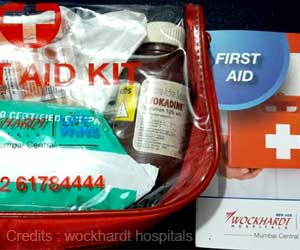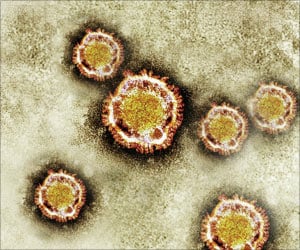The Philippines is currently experiencing a significant surge in leptospirosis (bacterial disease) cases, with the total number of infections surpassing 2,000.

Leptospirosis
Go to source) cases have continued to increase following the severe flooding that struck Metro Manila and nearby provinces on July 24. From January to August 3, DOH tallied 2,115 cases and 224 deaths. The most recent epidemiologic data recorded 255 new leptospirosis cases from July 21 to August 3, 17 per cent higher than the 217 cases recorded from July 7 to 20, Xinhua news agency reported.
‘#Leptospirosis, the bacterial disease has a mortality rate ranging from 5% to 15% in severe cases, with complications such as #kidneyfailure and #liverdamage.’





"The DOH epidemiologists continue to be cautious in interpreting trends as there may be late reports," DOH spokesperson Assistant Secretary Albert Domingo said. Leptospirosis Cases Strain Manila Hospitals
The incubation period of leptospirosis ranges from two to 30 days, with a clinically observed average of seven to 14 days. At least two government hospitals in Metro Manila have expressed concern over the rising number of leptospirosis patients, forcing them to set up additional wards to accommodate more patients, especially those requiring dialysis.Leptospirosis is a bacterial disease affecting humans and animals. According to the World Health Organization (WHO), humans get infected through direct contact with the urine of infected animals or with a urine-contaminated environment.
The bacteria enter the body through cuts or abrasions on the skin or the mucous membranes of the mouth, nose, and eyes, according to the WHO.
On July 24, Metro Manila and many parts of the country were underwater due to the continuous rainfall dumped by a typhoon and enhanced southwest monsoon.
Advertisement
- Leptospirosis - (https://my.clevelandclinic.org/health/diseases/24021-leptospirosis)
Source-IANS










